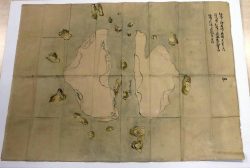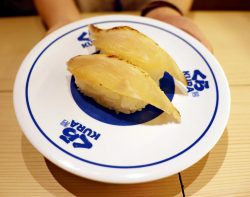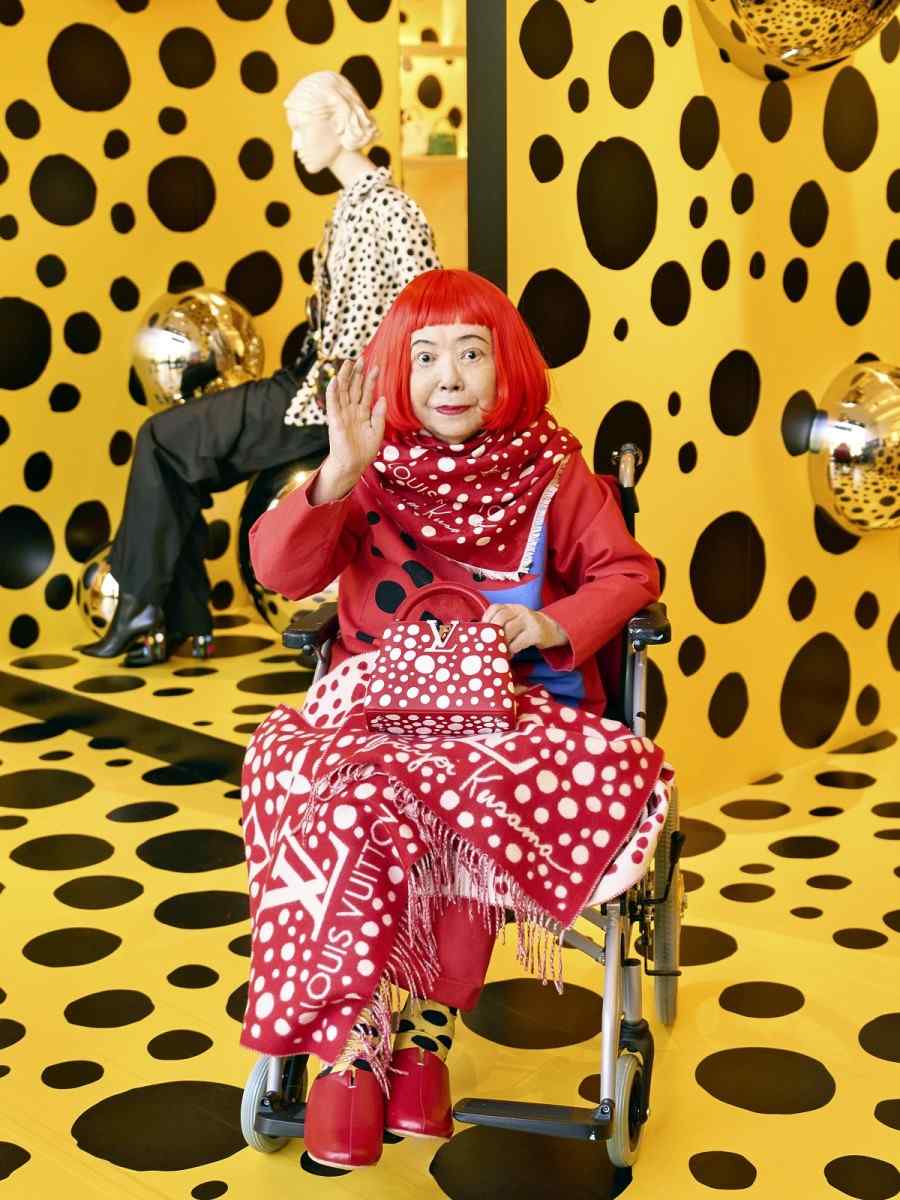
Yayoi Kusama at the Louis Vuitton Omotesando in Tokyo in January 2023
9:45 JST, September 9, 2024
“I will rule this city,” Yayoi Kusama thought while looking down on New York, the center of contemporary art, from the Empire State Building. The now 95-year-old avant-garde artist, who came to the city from Japan via Seattle in 1958, promised herself that she would take over the art world.
Kusama obsessively channeled the visual and auditory hallucinations which had troubled her since childhood into sculptures and paintings covered in net and polka dot patterns. In the late 1960s, she suddenly began to draw attention with her performances, painting naked bodies on streets and in other public spaces, and took the world by storm as the “Queen of Happenings.”
However, she suffered ill health, partly due to the death of Joseph Cornell, an artist she had admired. So she returned to Japan in 1973. It was still not possible to say that she had risen to greatest artistic heights.
Her illness did not improve. After she was hospitalized in 1977, she continued creating art, commuting to her studio from the hospital.
Not long after she returned to Japan, Kusama had caught the attention of art critic Akira Tatehata, who worked as an editor for an art magazine at the time. “I was overwhelmed and shocked by her fantasy world,” he said. Later, he became a researcher at the National Museum of Art, Osaka, where he displayed her “Soft Sculpture” series, which consisted of furniture covered with soft, phallic protrusions, as part of a special exhibition at the museum in 1980. While Tatehata continued to promote Kusama, he was still an unknown curator with little influence, he says.
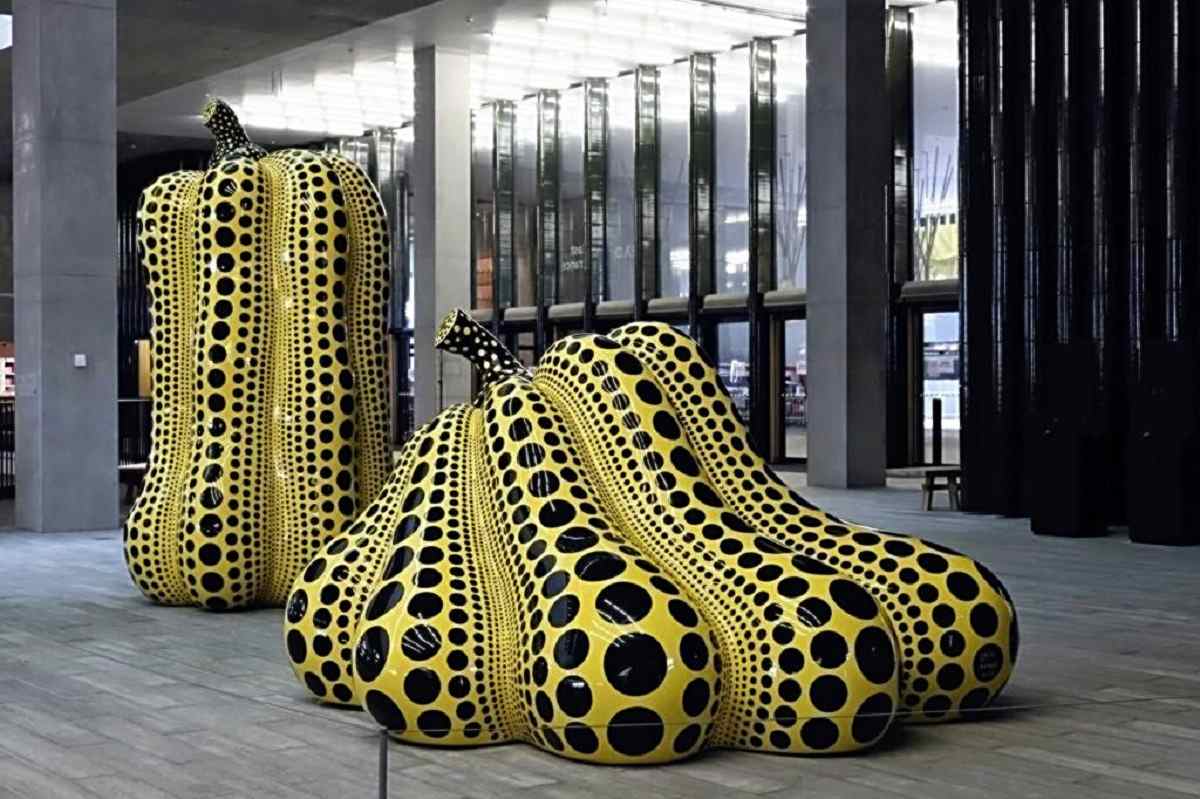
Top: Pumpkin, 2022
Installation view at M+, Hong Kong
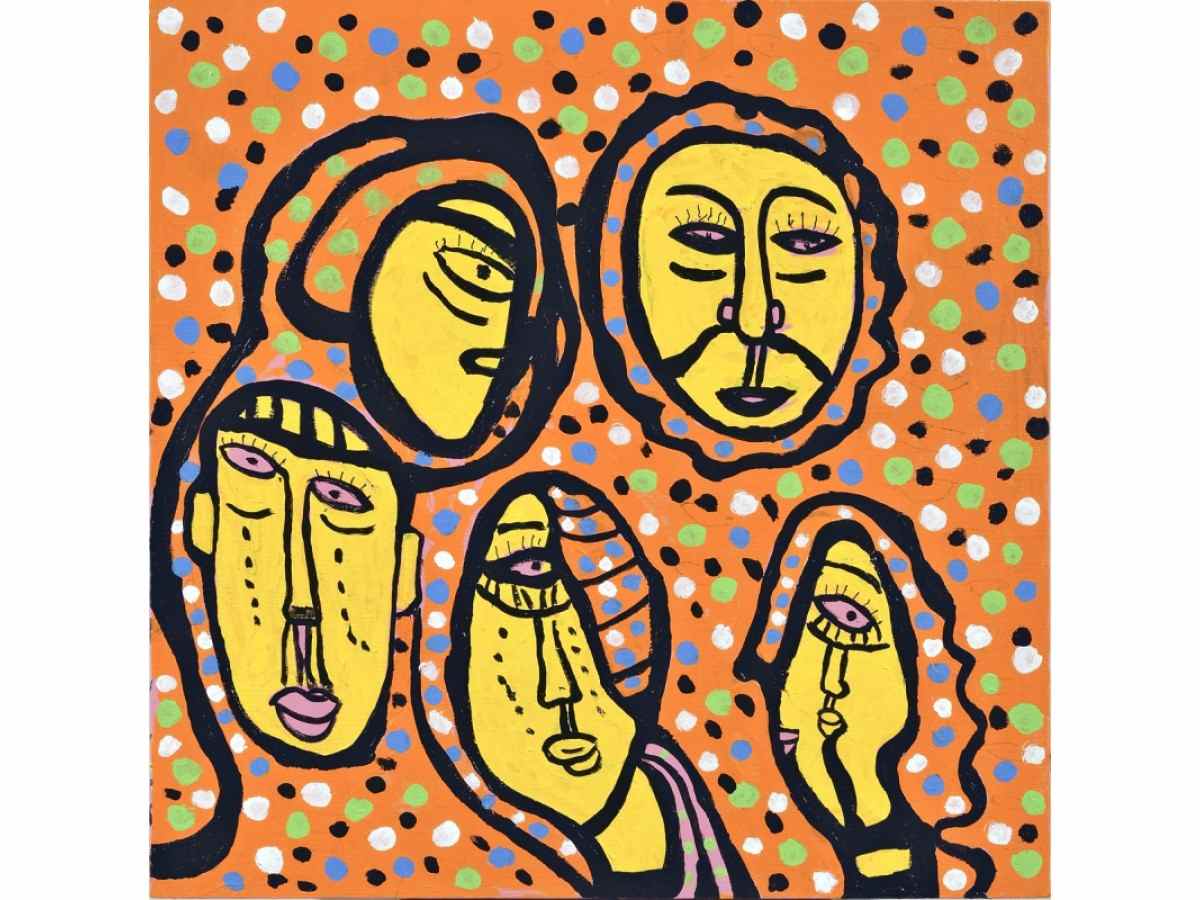
O Beautiful Assemblage of Young Women’s Loves and Romances
O Beautiful Day Every Day
With All the Beauty of All My Heart
For Everyone, EVERY DAY I PRAY FOR LOVE, 2021
Kusama monopolized a pay phone in the hospital’s lobby, trying to sell her artworks to various places. “She was not able to run a studio with the sales from her works in those days. Even though I praised her works, she used to tell me, ‘I don’t need compliments. Just go and sell my artworks,’” said Hidenori Ota of the Ota Fine Arts gallery, recounting his memories from the 1980s. “People imagine that artists are not interested in money. But Kusama was a pragmatist.”
At that time, Kusama did not enjoy a good reputation; her activities in New York had grown in the retelling and become topics of scandalous gossip. People spoke of her “having naked parties in broad daylight.”
While she was sure she would rise to great heights someday, her profile remained low for many years.
Kusama took a great leap forward in 1993 at the Venice Biennale art exhibition. This international exhibition, held in Italy, has been dubbed the “Olympics of Art” for the way participating nations compete for awards. Kusama, representing Japan, held a solo exhibition.
While she missed the Golden Lion for best national exhibition, “She left a significant impact at the international event,” Tatehata, who served as a commissioner for the event, said.
Prior to the event, Kusama had held solo exhibitions at the Kitakyushu Municipal Museum of Art in 1987 and at the Center for International Contemporary Arts in New York in 1989, and there was a growing movement to reevaluate her artworks in the context of postwar avant-garde art history.
After the Venice Biennale, Kusama began receiving requests to hold solo and group exhibitions from institutions both at home and abroad. She had constant international touring exhibitions, and her tour of Latin American countries drew a total of 2 million visitors, making it the world’s most visited exhibition in 2014. Currently, a large-scale touring solo exhibition is ongoing in Portugal.
Many of her artworks include features familiar to people of all ages and places, such as brightly-colored pumpkins and flowers. “Her artworks are right at home in the age of social media, where people want to share nice pictures. That has helped speed up the growth of her popularity,” Tatehata said.
Now, Kusama has become one of the world’s most renowned avant-garde artists. While she has arguably fulfilled the promise she made to herself at the Empire State Building, she has not gotten carried away or become burned out, and she is never arrogant. “I think that, for her, it was less of a dream or a goal than a statement of reality to come,” Ota said.
After achieving success as an artist, she totally changed her style. She launched a new series of paintings after she turned 90. She never allows herself to rest on her laurels, still devoting herself to producing artworks and moving forward.
The Legend feature profiles era-defining figures in culture, sports and other fields.
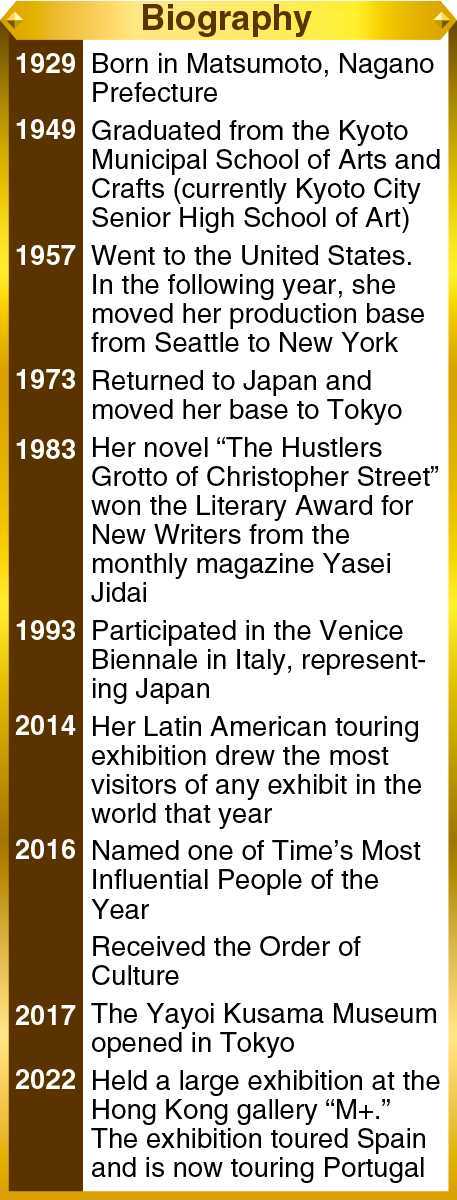
Koshiro Matsumoto: ‘I want her to continue to paint forever’
Kabuki actor Koshiro Matsumoto, 51, talked about Kusama.
“When I met her for the first time in 2004, I asked her if she believed in eternity. While it was an out-of-nowhere question, she answered, ‘People die. I’m painting things that will be talked about and passed down forever.’ The answer impressed me, and I thought she was amazing. That exchange took place during one of her solo exhibitions, and I also clearly remember that Kusama said she was happy surrounded by her artworks.
“I used three of her paintings for a special stage curtain called the “iwai maku” (celebration curtain) for performances to commemorate the simultaneous stage name succession of three generations of my family in 2018. I visited her studio and asked her to let me use her paintings for the celebration curtain. Then she said to me in a reassuring tone, “Let’s do something new.” She gave me the power to overcome the pressure.
“The other day, I went to see an exhibition at the Yayoi Kusama Museum in Shinjuku Ward, Tokyo. Both new and old artworks tell us how she is overflowing with ideas that she wants to paint. I dare to use the word ‘forever.’ I want Kusama to continue to paint and express her message forever.”
"JN Specialities" POPULAR ARTICLE
-

Disaster Preparedness / Apartment Management Associations: Instructions on What to Do in the Event of Power Outage
-
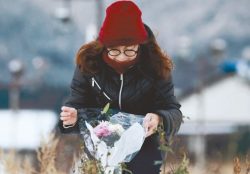
The Japan News / Weekly Edition (1/9-1/15)
-

Kawasaki Releases Guide to Sheltering at Home During Disasters, with Essential Tips for Apartment Residents
-
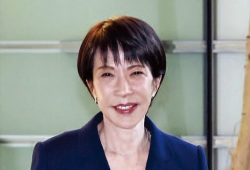
The Japan News / Weekly Edition (1/16-1/22)
-

The Japan News / Weekly Edition (12/26-1/1)
JN ACCESS RANKING
-

Japan Govt Adopts Measures to Curb Mega Solar Power Plant Projects Amid Environmental Concerns
-

Core Inflation in Tokyo Slows in December but Stays above BOJ Target
-

Tokyo Zoo Wolf Believed to Have Used Vegetation Growing on Wall to Climb, Escape; Animal Living Happily after Recapture
-

Univ. in Japan, Tokyo-Based Startup to Develop Satellite for Disaster Prevention Measures, Bears
-

JAL, ANA Cancel Flights During 3-day Holiday Weekend due to Blizzard













